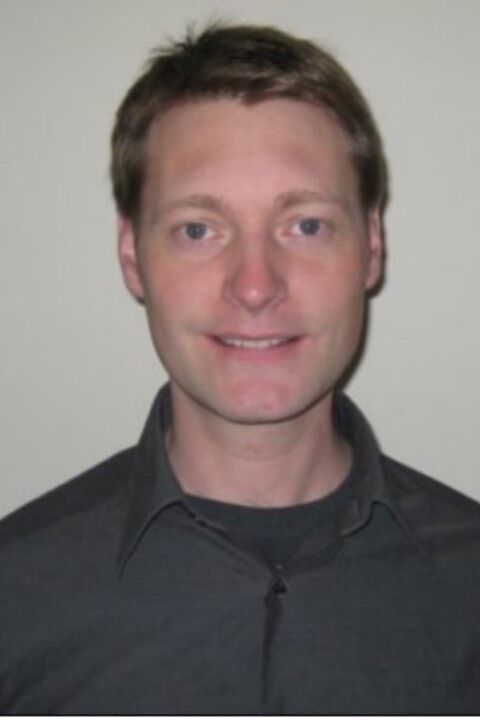Kent State professor conducts research to integrate computer science, biomedical data processing
April 9, 2021
As demand for advances that speed up data analysis and allow for less human error continues to increase, associate professor Robert Clements is studying to develop technologies to evaluate medical data faster.
“The issue is that the amount of data that is being collected is currently increasing in size and contains much higher resolution,” Clements said. “It takes hours and hours for a human to count individual cells and outline the data.”
Over the past few years, Clements, who works in the Department of Biological Sciences, has been working to develop different types of software that will automatically take the images and extract information from them.
“The software will give us the ability to automatically count all the cells and then quantify them, without taking too much time,” Clements said.
Analyzing all the data by hand not only takes a large amount of time, but Clements said it also leaves room for human error. As part of his project, Clements created algorithms to process the data while also leaving less room for errors.
“The proposed algorithms will provide support and improve the ability to accurately analyze biomedical data,” Clements said. “It’s important to avoid errors because they can cause flawed medical decisions.”
Graduate computer science student Giovanni Villalobos Herrera, who worked on the study with Clements, was tasked with building the infrastructure as well as the way students can interact with the software without requiring the user to interact with it.
“The whole idea is to move the user interaction,” Herrera said. “We want to avoid having to individually click and select the data to analyze it.”
The project was granted funding from the National Institutes of Health, which has funded the project for the past three years and will continue to fund it into the future.
Moving forward with the research, Clements hopes to create and implement algorithms that can extract and analyze data from thousands of cells in large microscopy images and also help process methods that allow less error prone understanding.
With the hope of integrating Clements’ work within a classroom, Kent State will offer courses to allow students the ability to design and apply programming methods for analyzing data.
“The students in the class will develop pieces of algorithm and code that will be incorporated into this larger infrastructure that we’re providing to perform specific image data analysis,” Clements said.
The class, which had been previously offered, allows students to learn about different ways to analyze and extract data. Students will also learn about the future of computer science, how software impacts every aspect of life and can be used to its full capacity.
“With the help of computer science, anything with the right minded people can be better just thanks to the innovation it brings to the world,” Herrera said.
Morgan Boyd covers research. Contact her at [email protected].

























